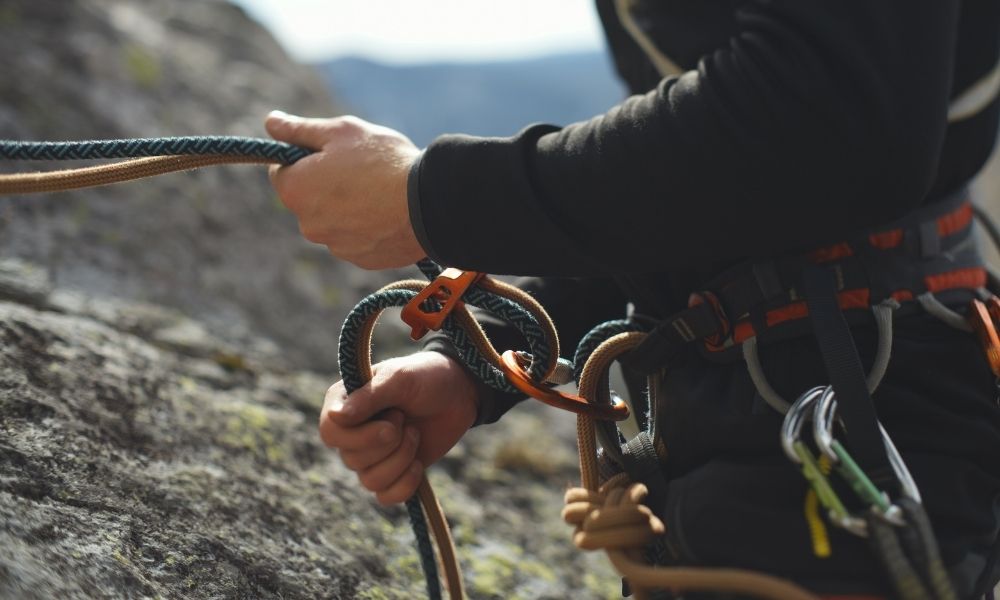
Two essential pieces of tree-climbing gear include static ropes and rigging ropes. Before picking a rope, you’ll want to understand how these pieces differ. Using the wrong type of rope can increase the likelihood of an accident. You could experience an injurious fall or be struck by falling tree limbs.
To prevent injury, it’s critical to learn the difference between a static rope vs. rigging rope for tree climbing.
Static Rope
Static ropes are a great type of rope for rescue work. These ropes are, as the name suggests, mostly static, meaning they only stretch minimally when placed under a heavy load. The stiff material helps climbers avoid dangerous falls. Typically, they’re made from either strong fiber or thick wire.
Static ropes can be used for tree climbing. They're also great for lowering injured climbers, ascending a rope, or hauling loads. But since they're not very stretchy, they can’t withstand extreme force. This makes them unsuitable for rigging. If put under enough weight, the rope can snap, sending tree limbs and other debris plummeting in your direction.
Rigging Ropes
Rigging ropes are attached to bulky objects, like cut tree limbs, and used to lower them safely to the ground. They're an essential tool of arborists and other workers who might need to remove severed tree limbs, like landscape architects or lumberjacks.
There are two primary types of rigging rope: single braid or double braid. They’re made from a blend of materials, like polypropylene-polyester, nylon-polyester, and polyester-polyester.
Rigging lines are dynamic, meaning they have a certain level of stretchiness to them. The flexible rope partially absorbs impact energy, which allows the rope to withstand up to thousands of pounds in force.
Can I Use Rigging Ropes for Climbing?
Knowing the difference between a static rope vs. rigging rope for tree climbing can save you from potentially dangerous situations.
You should always avoid mixing your personal climbing rope with your rigging rope. Just like how static ropes shouldn't be used for transporting weighty objects, rigging ropes aren’t a valid form of life support. If your rigging rope’s been subject to heavy wear-and-tear, it could be prone to stretching and snapping. Alternatively, the rope’s flexibility could send you abruptly plummeting into the dirt or grass.
Both ropes are an asset to SAR teams. They make for useful amsteel rope, and can be used to navigate the treetops, survey the surrounding area, and more.
Search and Recovery Engineering’s recovery ropes are lightweight and unbelievably strong. Contact us if you need help finding the right size, length, strength, or application.



